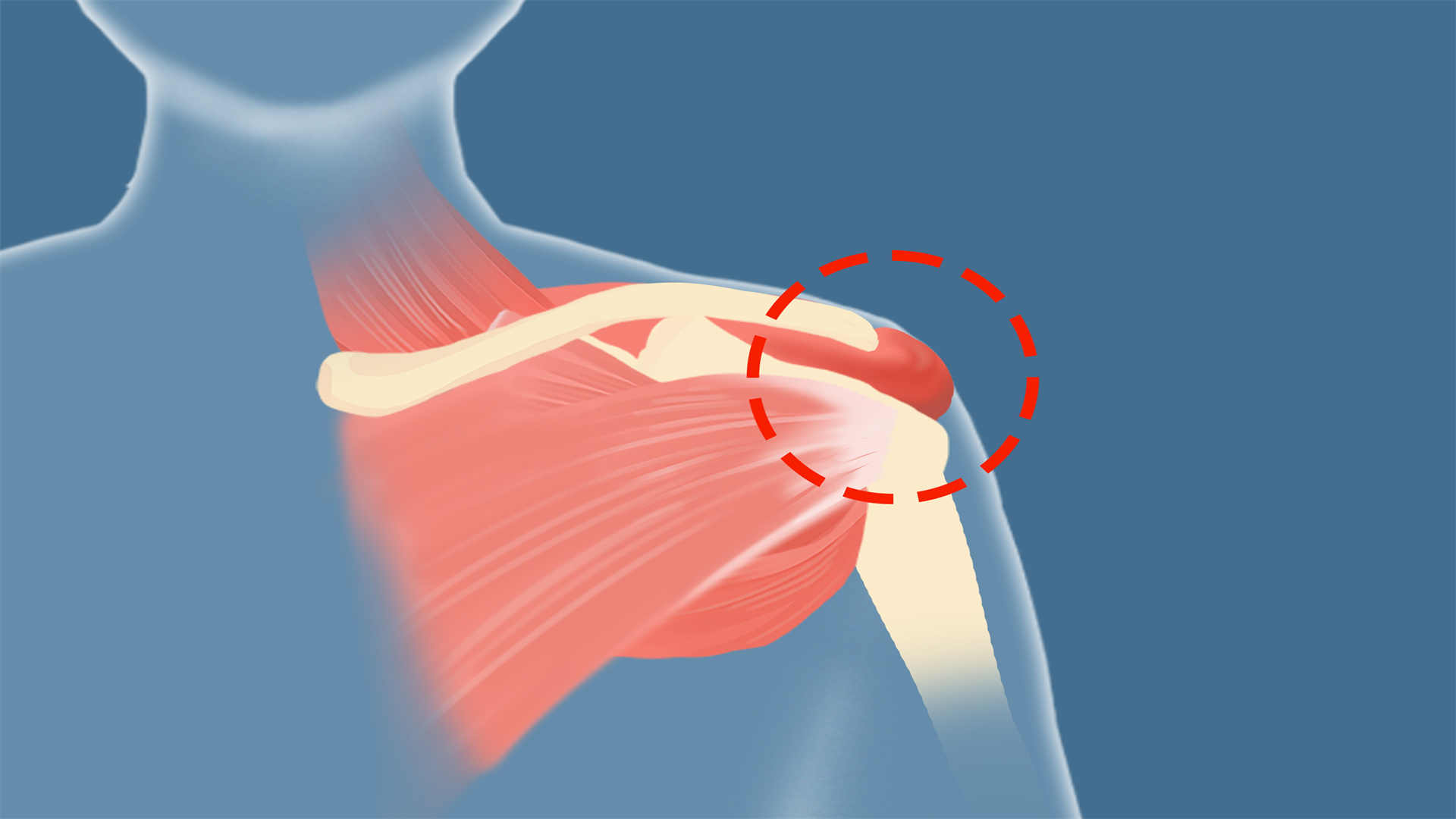Application and Advantages of Laser Therapy Devices in Treating Biceps Tendonitis
Laser therapy is a modern medical technology that has demonstrated remarkable efficacy in various fields. One area where it showcases unique applications and advantages is in the treatment of biceps tendonitis. When compared to traditional treatment methods, laser therapy offers distinct differences. This article delves into the principles and applications of laser therapy in this context, highlighting its advancements and advantages in the treatment of biceps tendonitis.
Principles and Distinctions of Laser Therapy
The underlying principle of laser therapy revolves around the application of light energy, achieved by directing high-intensity laser beams onto the affected area, resulting in a series of biophysical effects. When treating biceps tendonitis, laser therapy can penetrate the skin, directly targeting the site of inflammation, and boasts several key advantages:
- Non-Invasive Treatment: In contrast to traditional surgery, laser therapy is non-invasive, requiring no incisions or the use of needles. This reduces the risks of infection and bleeding, as well as shortens the recovery time.
- Pain Relief: Laser therapy reduces inflammation and stimulates local nerve endings, offering rapid relief from the pain associated with biceps tendonitis. This aids patients in participating more actively in their rehabilitation exercises.
- Biostimulative Effects: Laser therapy can enhance local blood circulation, increasing the delivery of oxygen and nutrients to damaged tissues, thereby expediting the healing process. This biostimulative effect accelerates tendon repair.
- Customized Treatment: Laser therapy devices can typically adjust the intensity and depth of laser penetration, catering to the specific needs of different patients and varying disease conditions, enabling personalized treatment.
Applications and Advantages of Laser Therapy
In the treatment of biceps tendonitis, laser therapy has demonstrated numerous advantages:
- Rapid Pain Relief: Patients often experience significant pain relief after just a few treatment sessions, enabling them to actively engage in their rehabilitation activities.
- Enhanced Quality of Life: Due to the non-invasive nature of laser therapy, patients do not endure additional burdens from surgery, resulting in an improved quality of life.
- Reduced Recovery Time: Laser therapy helps minimize the duration of recovery, allowing patients to return to their normal lives and physical activities sooner.
- Avoidance of Medication Dependency: Compared to traditional treatment methods, laser therapy typically requires fewer medications, reducing the risk of drug dependency.
In conclusion, the application of laser therapy devices in the treatment of biceps tendonitis distinctly outperforms traditional treatment methods. Through its non-invasiveness, pain relief, healing promotion, and personalized treatment features, laser therapy offers patients a safer and more effective treatment option. The advent of this modern medical technology brings new hope to those suffering from tendonitis, showcasing the tremendous potential of laser therapy in improving patients' quality of life and expediting their recovery.
